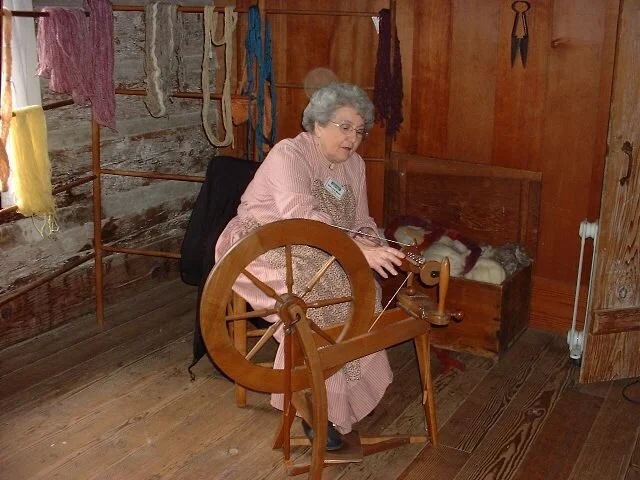CRAFTSMANSHIP
Skill, Commitment and Community
The legacy of the Aurora Colonists can perhaps best be seen today in the surviving objects they crafted and manufactured. These items provide a great testimony to the skill and the commitment of the workers who made up Dr. Keil’s communal society. Undoubtedly, this commitment to the ideal of perfection in craft, as also expressed by the better known Shakers, is based primarily in the Christian communal lifestyle that demanded an attention to detail and quality. Baskets, textiles, furniture, leather and metal products and even the houses and other buildings remain as witness to the best of what the Colony produced and tried as a community to achieve.
The Advantage of Community
The Colonists manufactured furniture, baskets, metal products, textiles and other products, and these were shared with other Colony members. They worked on necessary projects together whether it was the building of homes, the church, the hotel—-or the clearing of land or the harvesting of the fruit crop. When it was time to pick the apples, the shoemaker helped to pick apples.
Particular Skills
This attention to tasks with patient energy and perseverance, united in harmonious cooperation, helped the Colonists secure a large measure of security and independence. Each member had a special knack for a particular skill or task, and by common consent the members recognized the best craftspeople among them.
The Ideal of Craftsmanship
The Aurora Colony spirit manifested best in commitment to work and craft. The language to describe this process will rarely be found in their writings but is illustrated in their surviving artifacts — the quilt, the basket, the chair. The Colonists, all descendants of old world craftsmen, appreciated the relationship of color and form, and they made beautiful objects that were meant to be used. The finished products are remarkable for their simplicity.







